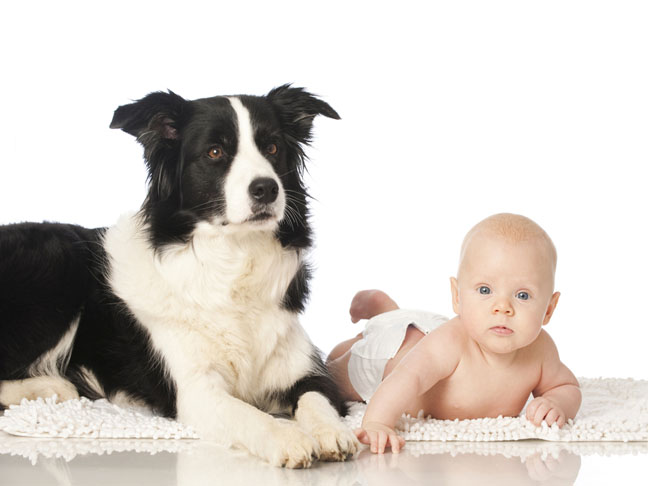If you’re expecting the arrival of your first baby and your dog has been playing the role of your “adored child” up until now, it’s important to do some careful planning to prepare everyone for this new transition.
While it might be a little bit embarrassing to openly admit, it’s often not all that unusual for couples who haven’t previously have…
